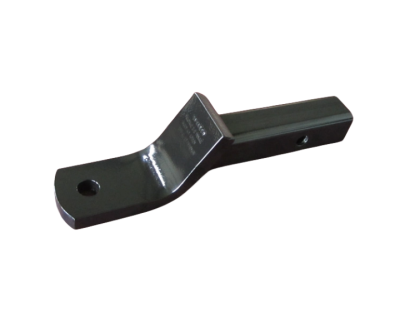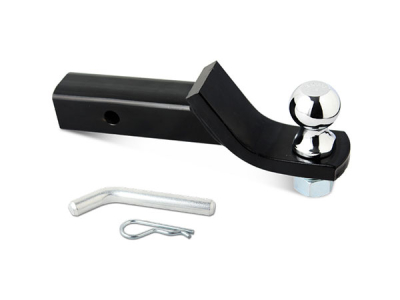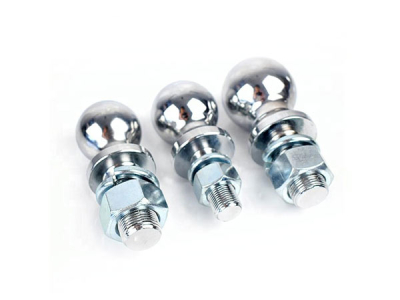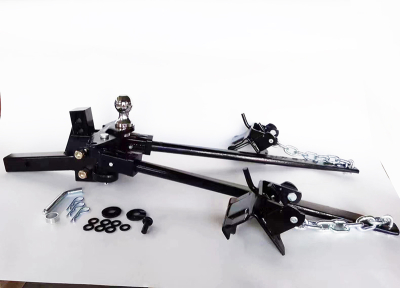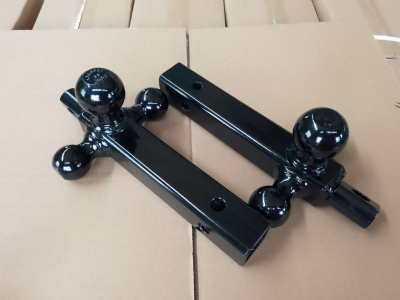E-coating trailer traction tube hitch receiver extension size different
The design of receiver hitches ensures a secure connection between the vehicle and the trailer, reducing the risk of accidents.
2. While the initial cost may be higher than other types of hitches, the durability and versatility of receiver hitches make them a cost-effective
long-term solution.
Trailer traction tube receiver hitches, also commonly known as receiver hitches or trailer hitches, are essential components for towing trailers, boats, and other towable equipment. Here’s a breakdown of the key aspects and considerations:
Types of Receiver Hitches
Class I (1¼" Receiver)
Capacity: Up to 2,000 lbs (907 kg)
Use: Ideal for small trailers, bike racks, and light cargo carriers.
Class II (1¼" Receiver)
Capacity: Up to 3,500 lbs (1,588 kg)
Use: Suitable for small to medium-sized trailers, such as utility trailers and small boat trailers.
Class III (2" Receiver)
Capacity: Up to 6,000 lbs (2,722 kg)
Use: Commonly used for larger trailers, including campers, mid-sized boat trailers, and some smaller RVs.
Class IV (2" Receiver)
Capacity: Up to 10,000 lbs (4,536 kg)
Use: Designed for heavy-duty towing, including large boat trailers, horse trailers, and heavier RVs.
Class V (2" or 2½" Receiver)
Capacity: Up to 12,000 lbs (5,443 kg) with a weight distribution system.
Use: Used for the heaviest loads, such as large travel trailers, commercial trailers, and heavy equipment.
Components
Receiver Tube: The square tube that mounts to the vehicle's frame and provides the attachment point for the ball mount or other accessories.
Ball Mount: A removable component that fits into the receiver tube and holds the hitch ball.
Hitch Ball: The spherical part that connects directly to the trailer coupler.
Pin and Clip: Used to secure the ball mount in the receiver tube.
Safety Chains: Required by law in many areas, these chains provide an additional safety measure in case the coupling fails.
Installation
Vehicle-Specific Fit: Receiver hitches are typically designed to fit specific makes and models of vehicles. It’s important to choose a hitch that is compatible with your vehicle.
Professional Installation: While some hitches can be installed at home, professional installation is often recommended to ensure proper fit and safety.
Wiring Harness: If you are towing a trailer with lights, you will need a wiring harness to connect the trailer lights to your vehicle's electrical system.
Maintenance
Regular Inspection: Check the hitch and all components for wear, corrosion, and damage before each use.
Lubrication: Apply lubricant to moving parts and the receiver tube to prevent rust and ensure smooth operation.
Tightening: Ensure all bolts and connections are properly tightened to the manufacturer's specifications.
Safety Tips
Weight Distribution: Use a weight distribution system if you are towing near the maximum capacity of your hitch and vehicle.
Proper Loading: Ensure the trailer is loaded evenly and within the weight limits of both the hitch and the vehicle.
Follow Manufacturer Guidelines: Always adhere to the towing guidelines provided by the vehicle and trailer manufacturers.
By choosing the right receiver hitch and maintaining it properly, you can ensure safe and reliable towing for your trailer, boat, or other equipment.





